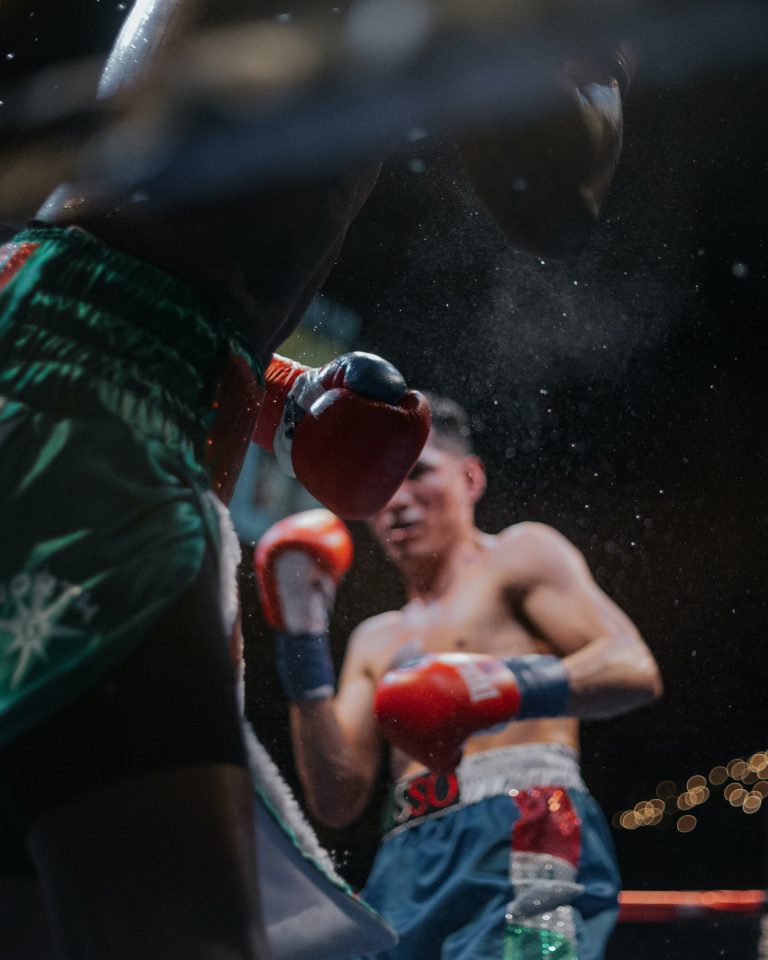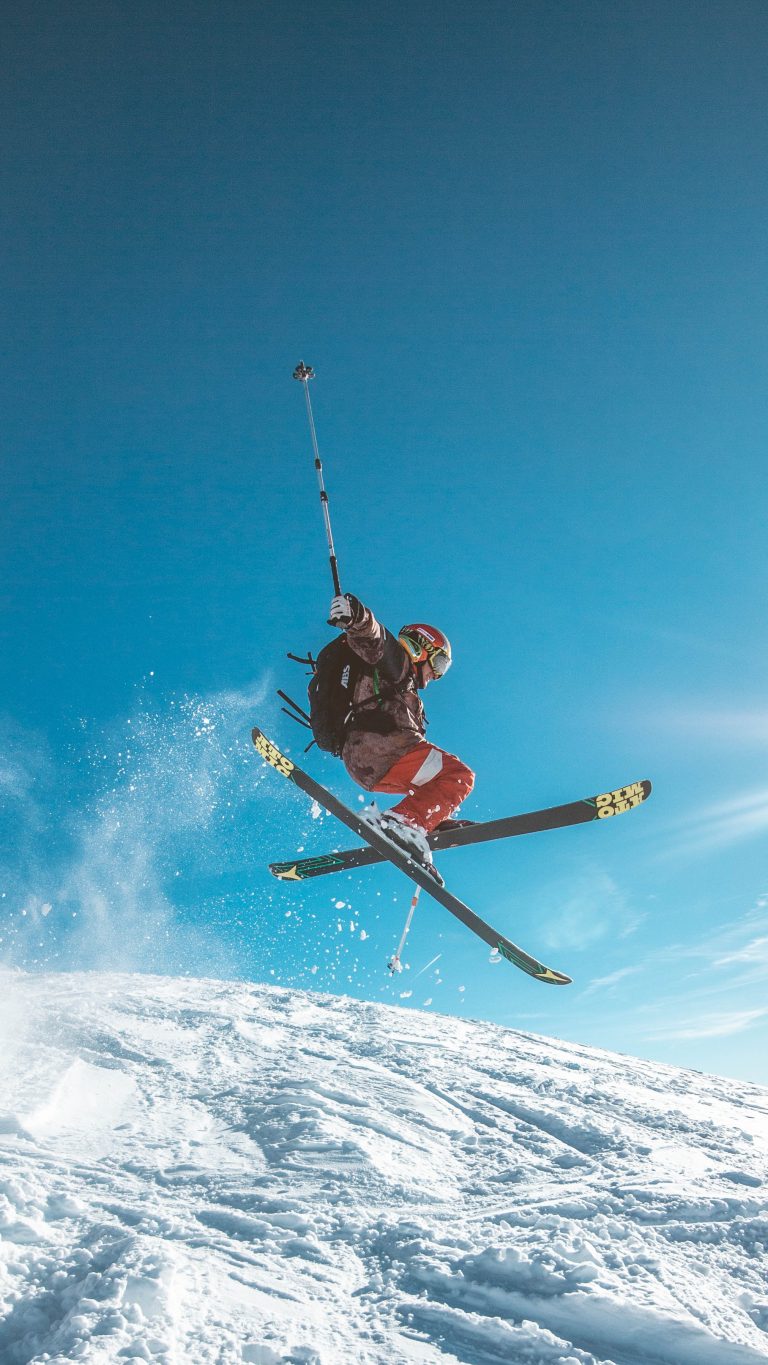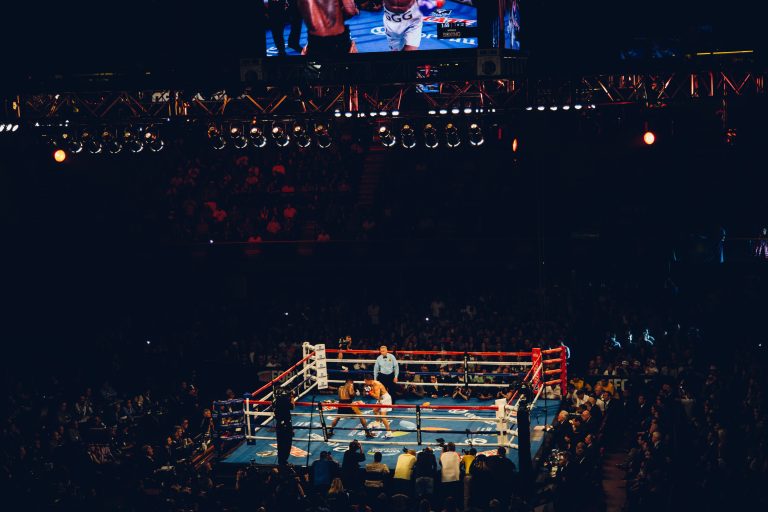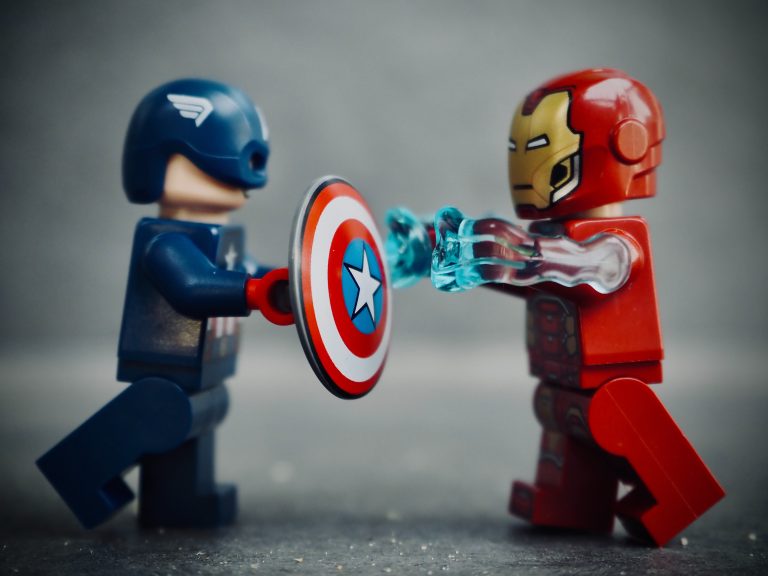The Difference Between Kenpo and Karate: Understanding the Two Martial Arts
When it comes to martial arts, two styles that often get compared are Kenpo and Karate. Both are traditional practices with roots in Asia, but they differ in their techniques, philosophies, and histories.
In this article, we’ll explore the key differences between Kenpo and Karate to help you choose which martial art is best for you.
The Origins of Kenpo and Karate
Karate originated in Okinawa, Japan in the early 20th century. Its techniques were heavily influenced by Chinese martial arts, and it was developed as a means of self-defense for the Okinawan people.
Kenpo, on the other hand, has its roots in China, where it was known as Chuan Fa. It was introduced to Hawaii in the early 20th century by James Mitose, who was the first to use the term „Kenpo“ to describe the martial art.
Philosophies of Kenpo and Karate
Karate is often associated with the concept of „karate-do“, which means „the way of the empty hand“. It emphasizes discipline, respect, and the pursuit of personal perfection. Practitioners of karate strive to improve themselves physically and mentally through their training.
Kenpo, on the other hand, focuses more on practical self-defense. Its philosophy is that every situation is different and requires a different response, so students are taught to be adaptable and to use whatever techniques are necessary to defend themselves.
Techniques Used in Kenpo and Karate
One of the most obvious differences between Kenpo and Karate is their technique. Karate tends to focus more on strikes with the hands and feet, with an emphasis on developing powerful, precise movements. Practitioners of Karate often rely on a set of predefined kata, or choreographed movements, to master techniques and form.
Kenpo, on the other hand, incorporates a wider range of techniques, including strikes, kicks, throws, and joint locks. It places a greater emphasis on fluid movement and adaptability, with practitioners learning how to transition smoothly between different techniques depending on the situation.
Training and Belt System
Both Kenpo and Karate use a belt system to denote a student’s level of proficiency. In Karate, the belt system starts with white and progresses through a series of colored belts up to the highest level of black belt.
Kenpo uses a similar belt system, but with some key differences. Kenpo belts typically come in a wider range of colors, and students are expected to master a more diverse set of techniques before progressing. In Kenpo, the black belt is not considered the end of the journey, but rather the beginning of mastery.
Difference Between Kenpo and Karate: Frequently Asked Questions
Introduction
It is common for many people to wonder about the difference between Kenpo and Karate. Both are martial arts that have been around for centuries and have many similarities, but they also have significant differences. In this article, we will address the most frequently asked questions about the difference between Kenpo and Karate and provide insightful answers.
What Is Kenpo?
Kenpo is a martial art developed in Hawaii in the early 20th century. It is an eclectic style that draws from various martial arts such as Chinese boxing, Japanese karate, and Hawaiian Lua. Kenpo emphasizes practical self-defense techniques that involve strikes, kicks, joint locks, and throws.
What Is Karate?
Karate is a martial art that originated in Okinawa, Japan, and is based on striking techniques that include punches, kicks, and knee strikes. Karate also emphasizes the practice of kata, a set of prearranged techniques that simulate fighting multiple opponents.
What Is the Main Difference Between Kenpo and Karate?
The most significant difference between Kenpo and Karate is that Kenpo is an eclectic style that incorporates techniques from various martial arts, while Karate is a traditional martial art that focuses on punching and striking techniques.
Is Kenpo or Karate Better for Self-Defense?
Both Kenpo and Karate are effective for self-defense, but Kenpo may offer a slight advantage over Karate in this regard. Kenpo incorporates joint locks and throws, making it more effective in close-range situations. Karate emphasizes striking techniques, which are more effective in open spaces.
What Training Equipment Is Required for Kenpo and Karate?
The equipment required for Kenpo and Karate is similar. Both martial arts require a uniform or gi, as well as protective gear such as gloves and shinguards for sparring. However, Kenpo may also require additional equipment such as focus mitts and heavy bags for training joint locks and throws.
What Are the Belts Used in Kenpo and Karate?
Both Kenpo and Karate use a belt system that signifies the student’s rank and progression. The belts in Kenpo are typically white, yellow, orange, purple, blue, green, brown, and black. Karate belts follow a similar system, but the colors may vary depending on the school or organization.
Which Martial Art Is Easier to Learn, Kenpo or Karate?
Both Kenpo and Karate have their unique challenges, and neither is easier to learn than the other. The level of difficulty largely depends on the individual’s physical abilities, training dedication, and the teaching style of the instructor.
Which Martial Art Is More Popular, Kenpo or Karate?
Karate is more popular than Kenpo, and this can be attributed to its widespread presence in popular culture, such as movies and TV shows. Karate also has a more established history than Kenpo, which has only been around for less than a century. However, Kenpo is gaining popularity among martial arts enthusiasts due to its practical self-defense techniques and its eclectic nature.
Difference Between Kenpo and Karate: How to Understand It?
If you’re searching for a martial art to practice, you might be confused about the differences between Kenpo and Karate. While both are traditional Asian martial arts, they were developed in different parts of the world, with distinct philosophies, techniques, and roots.
This guide aims to clarify the major differences between Kenpo and Karate, so you can make an informed decision about which one suits your preferences and goals.
What Is Kenpo?
Kenpo (also known as Kempo or Quanfa) is a martial art that originated in China and was brought to Okinawa (Japan) by Kanryo Higaonna in the late 19th century. It emphasizes fast and powerful strikes, blocks, and throws, and it includes circular and linear movements.
In the 20th century, Kenpo was further developed in Hawaii by William Chow, who combined Okinawan Kenpo and Chinese Kung Fu with Western boxing and wrestling. Today, there are different styles and lineages of Kenpo, such as American Kenpo, Shaolin Kenpo, Ed Parker Kenpo, Tracy’s Kenpo, and others.
The main characteristics of Kenpo include:
- Efficiency and effectiveness: Kenpo techniques are designed to be practical and realistic, for self-defense purposes.
- Emphasis on strikes: Kenpo practitioners use a wide range of strikes (punches, kicks, elbows, knees) to target vital points of the opponent’s body.
- Use of forms (katas): Kenpo forms are choreographed sequences of movements that simulate combat situations and train the body to react instinctively.
- Adaptive mindset: Kenpo practitioners learn to adapt to different situations and opponents, using their intuition and creativity.
What Is Karate?
Karate is a martial art that originated in Okinawa and was influenced by Chinese martial arts. It was further developed in Japan in the early 20th century by Gichin Funakoshi, who created the Shotokan style. Since then, Karate has become a popular martial art worldwide, with different styles and associations.
Karate techniques involve punches, kicks, knee strikes, elbow strikes, and open-hand techniques such as chops, thrusts, and strikes. It also includes throws, sweeps, joint locks, and grappling techniques. Strong stances, linear movements, and breath control are some of the defining features of Karate.
Some of the key elements of Karate are:
- Discipline and focus: Karate training emphasizes mental and physical discipline, concentration, and self-control.
- Formal techniques: Karate techniques are precise and standardized, with specific forms (katas) that train body mechanics and coordination.
- Power generation: Karate practitioners learn to generate power from the legs, hips, and core, to deliver fast and efficient strikes.
- Etiquette and tradition: Karate has a strong sense of respect for seniority, dojo rules, and Japanese culture.
Key Differences Between Kenpo and Karate
Now that we’ve seen the basic characteristics of Kenpo and Karate, let’s compare some of the main differences between the two martial arts.
History and Philosophy
Kenpo has roots in both Chinese and Japanese martial arts, and it emphasizes practicality, adaptability, and creativity. On the other hand, Karate is a product of Okinawan and Japanese culture, and it values tradition, etiquette, and character development.
Techniques and Training Methods
Kenpo techniques are focused on strikes, blocks, and throws, with an emphasis on vital points and circular movements. Kenpo practitioners learn to react spontaneously to different situations, using intuition and innovation.
Karate techniques include a wide range of strikes, kicks, throws, locks, and sweeps, and strong stances, linear movements, and breath control. Karate training follows a structured curriculum of forms (katas) and pre-arranged sparring (kumite), with attention to detail and precision.
Self-Defense vs. Sport
While both Kenpo and Karate are effective systems of self-defense, Kenpo is more practical and adaptable to real-world situations, while Karate has evolved into a sport with emphasis on competition, rules, and point-scoring.
Which One to Choose?
The choice between Kenpo and Karate depends on your personal preferences, goals, and context. If you value practical self-defense skills, adaptability, and intuition, Kenpo might be the best option for you. If you’re interested in traditional martial arts, discipline, and precision, Karate might be more suitable.
It’s important to research different styles and schools of Kenpo and Karate, to find the one that aligns with your values and expectations. Look for qualified and experienced instructors, a safe and supportive training environment, and a balanced approach to physical and mental training.
Conclusion
While Kenpo and Karate share some similarities, they have distinct histories, philosophies, techniques, and training methods. By understanding their differences, you can make an informed decision about which one to practice, based on your goals and preferences. Remember that both Kenpo and Karate can be enriching and fulfilling martial arts, that offer physical, mental, and spiritual benefits to their practitioners.
Inhaltsverzeichnis





